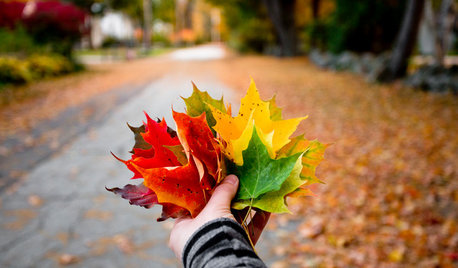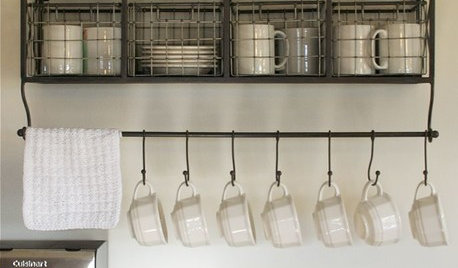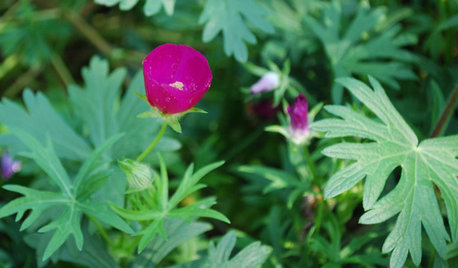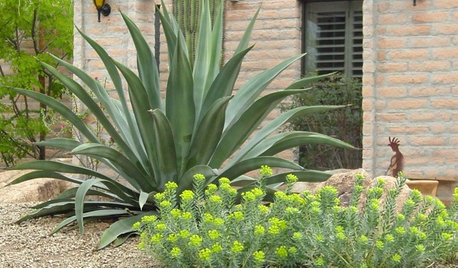Apple tree leaf spot
randynupe4
14 years ago
Related Stories

EDIBLE GARDENSHow to Add an Apple Tree to Your Edible Garden
Readily available, beautiful and fragrant, apple trees offer four-season interest along with crisp, juicy fruit
Full Story
LANDSCAPE DESIGNPretty Trees for Patios, Paths and Other Tight Spots
Choose trees for their size, shape and rate of growth — or shape them to fit your space. Here's how to get started
Full Story
TRAVEL BY DESIGNHouzz TV: Take a Leaf-Peeping Road Trip in New England
Ride along with a Houzz contributing photographer to see gorgeous autumn eye candy from New York to New Hampshire
Full Story
EDIBLE GARDENSWhy Grow Quince? For Beauty, Fragrance and Old-Time Flavor
Delightfully perfumed fruit and lovely spring blossoms make this apple and pear cousin worth a spot in the garden
Full Story
KITCHEN DESIGNHot-Drink Stations Hit the Spot
Beverage bars brimming with cocoa, tea, coffee and all the accoutrements make winter entertaining a delight
Full Story
GARDENING AND LANDSCAPINGCrazy for Fruit Trees
Whether a single citrus or a mini apple orchard, even the smallest landscape space can bear deliriously delicious fruit
Full Story
GARDENING GUIDESGreat Design Plant: Callirhoe Involucrata Wakes Up Hot Garden Spots
Give a dry and sunny garden a jolt of violet-pink color summer to fall — and watch bees and butterflies flock to the nectar
Full Story
GARDENING GUIDESHow to Spot a Drought-Tolerant Plant
Label? Who needs a label? Learn the characteristics of plants that can thrive in hot, dry conditions to help you pick the right ones
Full Story
EDIBLE GARDENSHow to Grow 10 Favorite Fruit Trees at Home
Plant a mini orchard in fall, winter or early spring to enjoy fresh-off-the-tree fruit the following year
Full Story
GARDENING GUIDESTree Care: Common Tree Diseases and What to Do About Them
Learn to recognize trees that may be affected by diseases or pests so you can quickly take action
Full StoryMore Discussions








chuck60
jellyman
Related Professionals
Londonderry Landscape Architects & Landscape Designers · Benbrook Landscape Architects & Landscape Designers · Salisbury Landscape Architects & Landscape Designers · Wheeling Landscape Architects & Landscape Designers · Brookfield Landscape Contractors · Fair Oaks Landscape Contractors · Los Banos Landscape Contractors · Plantation Landscape Contractors · Post Falls Landscape Contractors · Roseville Landscape Contractors · Seminole Landscape Contractors · Tehachapi Landscape Contractors · Woodland Landscape Contractors · Forest Hill Landscape Contractors · Ferguson Landscape Contractorsrandynupe4Original Author
apple20
glenn_russell
thomis
alan haigh
myk1
alan haigh
myk1
alan haigh
jellyman
myk1
alan haigh
thomis
toddfiala
glenn_russell
alan haigh
glenn_russell
alan haigh
glenn_russell
alan haigh
marknmt
glenn_russell
malusmaven
agrocoders